For creators and music artists, monetizing original YouTube content can prove to be a lucrative business… But can you monetize cover songs on YouTube?
Well, technically, you can. But it’s a little more complicated than just grabbing a song, covering it and raking in the big bucks.
Confused? Don’t be. Here at Lickd, we specialize in securing risk-free music for YouTube. So, we know a thing or two about helping creators find song licenses that they can use in monetized content.
Our in-depth knowledge of music licensing means we know what’s safe to upload to YouTube. To help you along the way, you’ll find the following article explains everything you need to know about monetizing cover songs on YouTube.
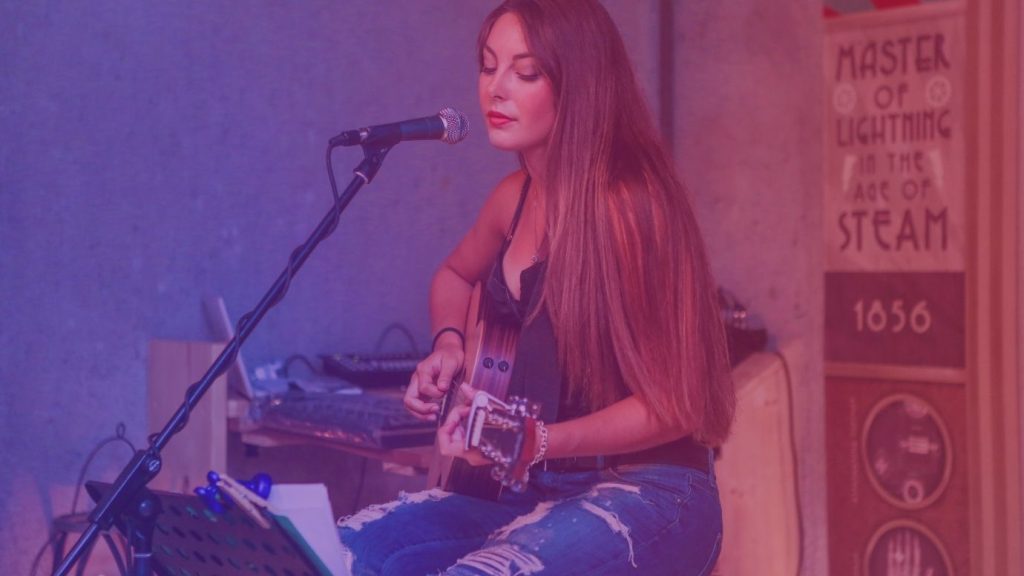
7 home truths about (monetizing) cover songs on YouTube
Here are a few things you need to know before you run off thinking you can monetize cover songs on YouTube no problem.
1. You don’t necessarily need permission to post a cover song on YouTube
It’s a surprising fact that technically, in the US, you don’t need to obtain permission to cover a song on YouTube. Why? Well, it’s due to different types of musical licenses. For covers, these are – compulsory licensing and/or mechanical licensing.
Essentially, compulsory licensing means that if an artist wishes to cover a track, the owner of that song can’t stop them from doing so.
However, you’ll still need to pay royalties to the copyright owners. So, when you’re covering a song and you want to monetize it, you’ll have to share your ad revenue with them. If you’d rather keep all your ongoing revenue, you could potentially pay an upfront fee instead. To do this, you’ll need to get legal permission from the publisher and/or songwriter. It can be tricky to obtain even just their contact details, let alone a response or eventually, their permission. However, it’s essential if you really want to try and keep all your ad revenue and not pay royalties.
2. ‘Fair use’ isn’t some catch-all that lets you do what you want
There’s a common myth that cover songs fall under ‘fair use’. We’re sorry to be the bearers of bad news, but this isn’t actually the case. While your cover may indeed be transformative, it doesn’t mean you can simply monetize it. You’ll still owe the original artist royalties if you do this.
3. There are two types of music copyright
In order to assess and detect potential copyright claims and infringements, YouTube utilizes a sophisticated AI tool called ‘Content ID‘ to scan your videos and compare your content against copyrighted content stored in its vast database.
During this process, Content ID evaluates two particular elements of any cover song it finds:
- the composition and melody of a song – i.e. the melody and lyrics, which is the main one that applies to cover songs
- the entire performance of a song – i.e. the master and the recording
If either of these elements matches a copyright owner’s original audio file, it may trigger a copyright claim.
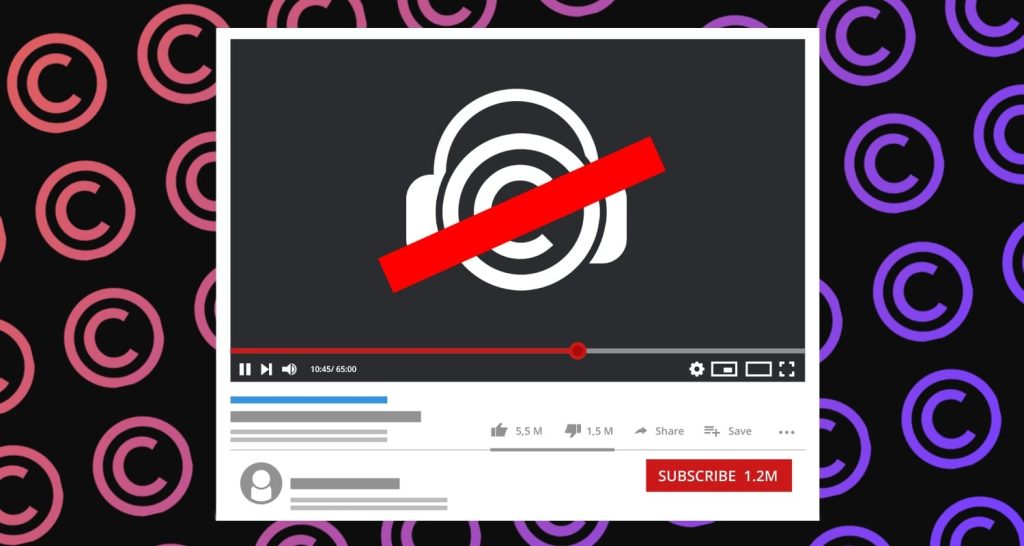
Thereafter, a claim may be upheld if the proper licensing is not in place, and in such a case, YouTube will mark your content/channel with something known as a ‘copyright claim’.
Depending on the severity of the copyright infringement, a claim can be applied either directly to the specific content responsible or to an entire YouTube channel.
For covers, thanks to compulsory licensing and automated ad revenue sharing, you don’t need to obtain a license in advance, so you won’t have as much to worry about. However, if you ever want to use a full, original track as background music, you will need to follow these rules and get a license. If this is something you’re looking for then lucky you – you’re in the right place! Lickd is the first and only place you can get licenses to use popular music on YouTube and keep ALL of your ad revenue. Interested? Find out more and jump right in below.
Still worried about copyright? To find out more, simply read our in-depth article about how to not get copyrighted on YouTube.
4. You can monetize your cover songs on YouTube, but there’s a catch
You’ll pay a royalty rate on digital sales or pay an upfront fee for the license. Yes, one of the positives of writing a popular song that people want to cover, is the royalty fee, and YouTube covers are no different.
For every digital sale or ad revenue generated by your cover song, you’ll be expected to pay a small royalty fee to the copyright owner. As YouTube itself states, when your cover video can be monetized you’ll be told you are ‘eligible to share the ad revenue’.
Wait, does that mean that it isn’t cost-effective to monetize a cover song?
As we’ve explained above, getting a cover license is both time-consuming and expensive. Not only that, but if you can’t get a license then a chunk of what you earn from ad revenue won’t even go to you, it’ll go to the label, publish or recording artist.
For many, it’s simply not worth monetizing cover songs on YouTube. People often use it as a way to build up their channel and get views but keep monetization of these particular videos turned off.
It simply comes down to what your goals are for the content. If you are simply trying to build your audience, then a cover song could be just the solution. Also, if you’re happy to share your earnings, they aren’t a bad option either. However, if it’s purely a money-making exercise, then cover songs maybe not be your best bet.
5. The rights holders can claim for all sorts of things you may not have classed as a cover
In fact, YouTube has confirmed through their copyright team that you could be vulnerable to a copyright claim for all sorts of things that you may not have considered a ‘cover’. This includes:
- Singing a song acapella
- Simply reading the lyrics to a song out loud
- Using a master recording in a mash-up or remix
- Humming along
- Re-recording music
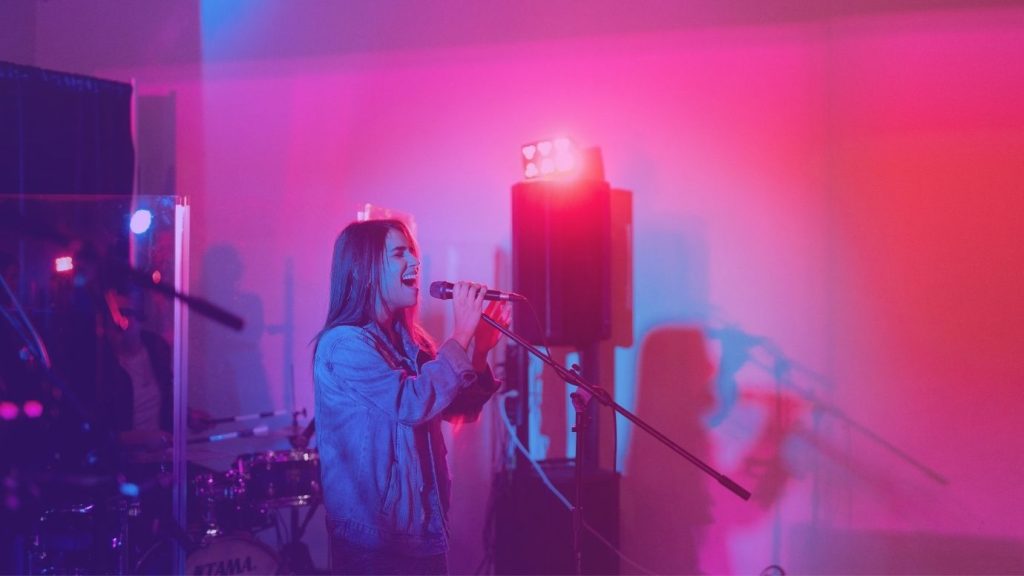
6. Humming or singing a snippet is enough of a cover to get you caught
That may sound extreme, but it happens. Even just a short part of a song could fall under a ‘performance’. If you have music in the background of your video, and you hum along or sing along, that could count as a cover, and you’ll need permission.
Even if you’ve licensed the song properly with someone like Lickd, you can’t then sing over the top of it. Your license won’t include that.
7. Remixes and playing an instrument over a backing track are a no-go too
Similarly, if you play music in your video and then play an instrument over it, or remix it, that’s a ‘performance’ or cover song too.
You’ve used a master recording and now you’re covering it.
So, here’s how to monetize cover songs on YouTube
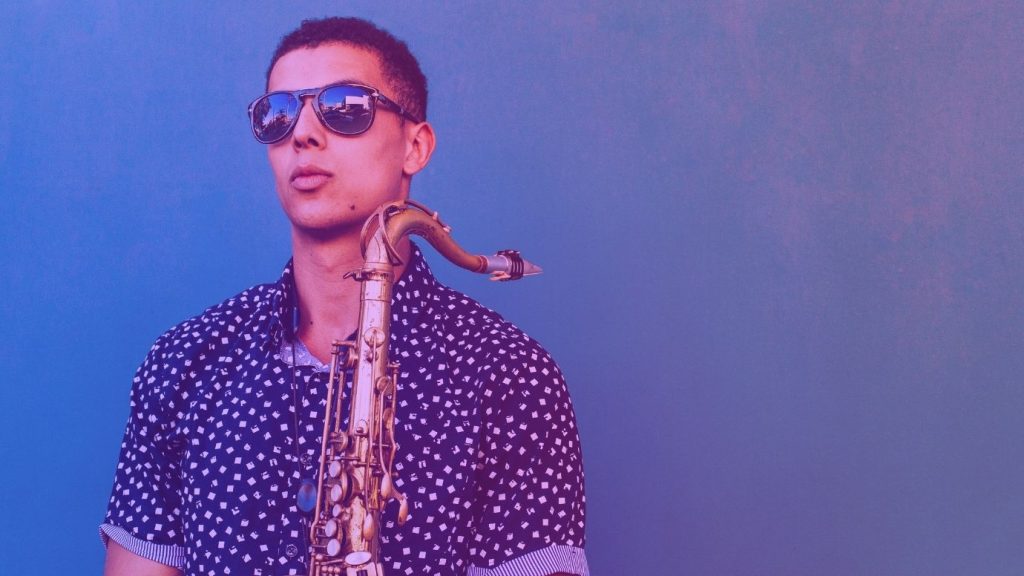
There are two answers to this question, and it depends where you are in your YouTube journey.
For monetized accounts – It’s automatic
Yup, that’s right. If you already have a monetized account, and you’re happy to split the revenue then it happens automatically. If you want to check whether the video is eligible, you just need to follow these steps:
- Open the Content page in your YouTube Studio
- Check whether your video has a copyright claim in the ‘restrictions column’
- Make sure your monetization status is set to ‘on’ and the hover text states ‘Video is eligible to share the ad revenue’
This means the video has been identified by the YouTube Content ID system and you’ll need to share the revenue with the publisher.
If you don’t want to share your revenue, then you’ll need to go through the lengthy process of getting a license. This can also be expensive and would likely outweigh the benefits of not sharing your revenue.
If you aren’t monetized yet
If you aren’t monetized yet, then you’ll need to jump through even more hoops. We’ve covered this elsewhere though, so if you want to know how to get monetized on YouTube you should start there.
For starters though, read our guide on how to sign up for the YouTube Partner Program.
And finally, how much do cover artists make on YouTube?

In theory, there is no earning cap for artists who produce covers on YouTube. This is because YouTube pays creators based upon views of adverts. More specifically, in accordance with AdSense content guidelines, for every 1000 advertisement views, YouTube will pay a creator about $18.
Further reading: How much do YouTubers make?
However, this comes with the caveat that those who cover songs on YouTube will have to share revenue with the original artist. Likewise, any income you generate from sales of cover tracks, digitally or physically, i.e. if you upload your cover to Spotify or release a CD; must also be shared with the original artist.
Consequently, covers on YouTube don’t tend to generate vast sums of income for their creators.
Instead, many of the more successful cover artists use their covers on YouTube to amass a following before creating and monetizing their own original songs. Want to see how they’re doing it? Learn how to make money on YouTube yourself.
In this instance, any earnings generated via means of original content and/or intellectual property will go directly to the artist.
Further reading: The Social Salary Calculator
Where does Lickd come into all this anyway…
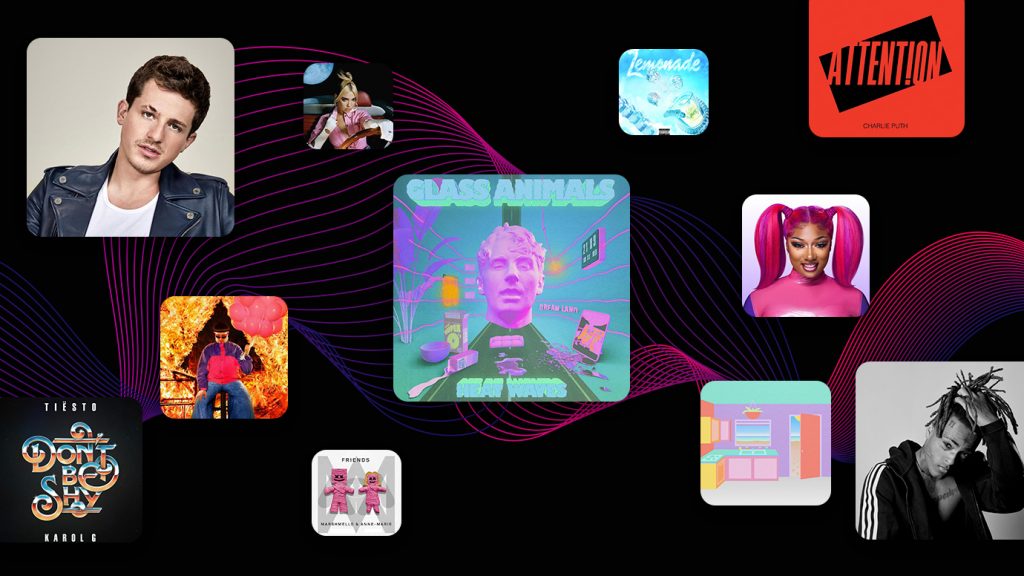
You may be a bit confused about why we’re weighing in here. After all, as good as our licenses are, they aren’t the right ones for cover songs.
Here’s the thing though, we want to help creators make the best content possible. This means being upfront and honest about the technicalities, legalities and to be blunt, the potential costs.
Now we’ve answered the question ‘Can I monetize cover songs on YouTube?’ you know that if you want to obtain licenses for cover songs, it can be complicated, time-consuming and expensive. But, if you simply want to add your favorite music to your video, it doesn’t have to be. What’s more, when you add one of our stock or chart tracks, you can monetize them to your heart’s content.
See, Lickd was made for content creators, to give you access to music you could never get your hands on otherwise. Now, for the first time ever, creators can use popular music hits in their videos, from artists they know and love. And NOT get a copyright claim. Sound good? What are you waiting for? Sign up now


